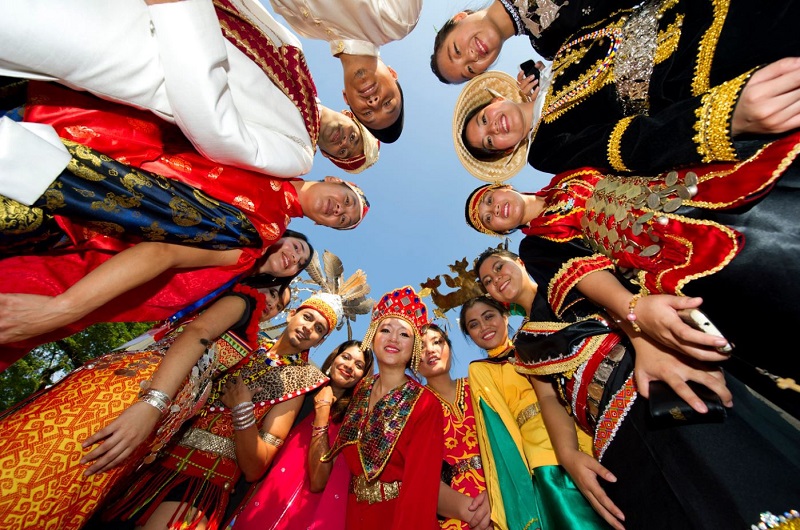Culture is the shared beliefs, behaviors, and attitudes of a group of people. These behaviors and attitudes are transmitted through language, institutions, rituals, and works of art. In some societies, culture includes laws, customs, and religious beliefs. It also includes behaviors such as dressing, eating, and using tools. Ultimately, culture is the way a society lives its life.
While some people think of culture in a literal sense, others consider it in a figurative way. For example, the Europeans thought of culture as a product of progress and evolution. However, this perspective tended to emphasize the inequalities that existed within European societies, particularly in their colonies. Additionally, this view also linked culture to civilization, implying that certain countries were more civilized than others.
Ethnologists use different terms to describe different cultures. For example, Carl Sandburg distinguished various cultures in India into geographical cultural areas. Later, other scholars differentiated cultures in other continents. However, no matter which definition of culture a group is using, they all share the same basic concepts: culture. A group’s culture reflects its unique values and norms.
Culture is a social system that exists within a human’s natural environment. It influences behavior, beliefs, and lifestyles. In arctic areas, for example, the Eskimo culture is known for its unique clothing and accessories. They also use harpoons and boats to hunt sea mammals. Their hemispherical snow houses are also a feature of their culture. Similarly, some sedentary tribes became nomadic hunters after the introduction of horses. As a result, their culture changed and evolved.
Culture is a complex social system. It affects nearly every aspect of human behavior. It helps us feel safe and confident in the world. It helps us learn to interact with other people and express ourselves appropriately. Even the smallest gesture can indicate cultural propriety. It also helps us communicate our values to others. If we aren’t aware of cultural practices, we can’t be fully conscious of them.
Although there is no universal definition of culture, a broad consensus exists that there is a difference between material and nonmaterial culture. Cultures can consist of values, symbols, beliefs, and physical objects. Some people have inherited traits from one culture and others have been influenced by cultural diffusion. For example, tobacco, corn, and coffee are widely distributed.
Another difference between high culture and low culture is that a sociological concept of high culture is different from a sociological one. High culture refers to goods and services of the elite, and may include museum-caliber art and classical music. People who use culture in this sense may argue that classical music is more refined than the music of working-class people. In contrast, popular culture is more mainstream and often influenced by mass media.
Culture is a complex system of things considered in the context of the human organism. For example, a mother-in-law taboo is composed of attitudes, concepts, and behaviors.









